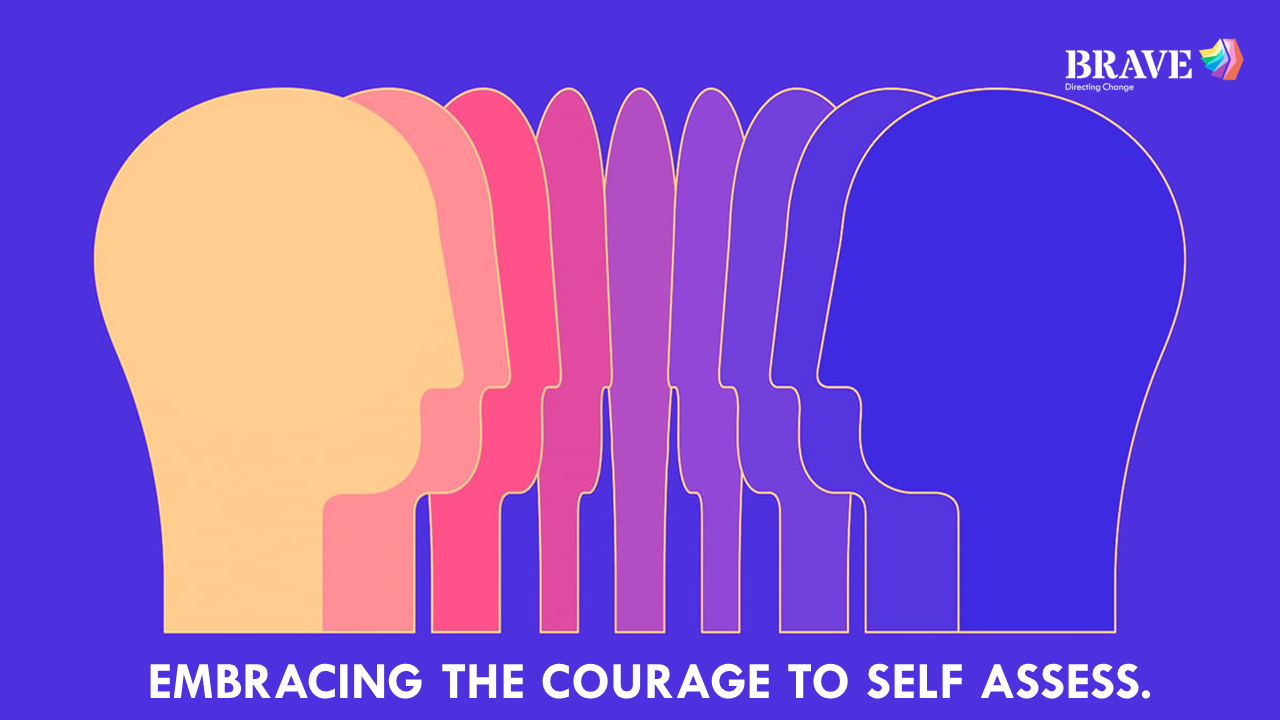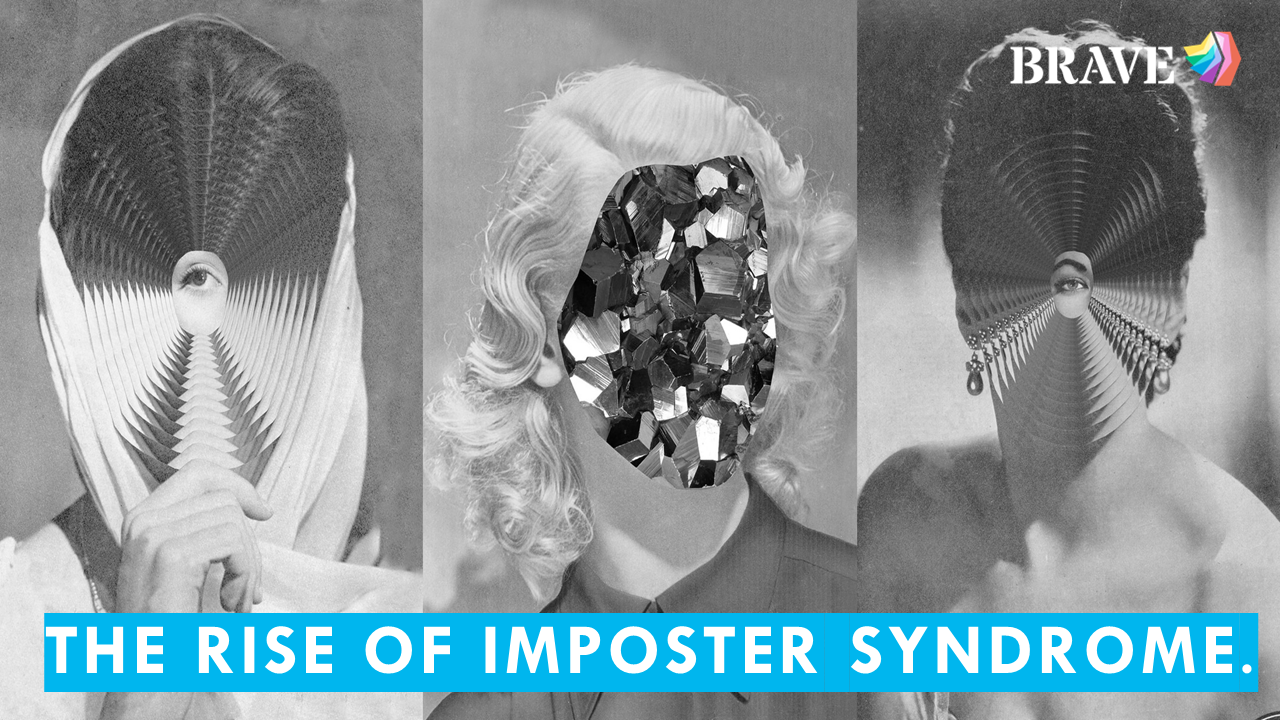Fear and curiosity are like separate light switches in our brains — they cannot be on at the same time.
When fear lights up, our curiosity dims; when curiosity takes over, our fear fades into the background. This clever dynamic gives us a powerful tool for managing fear….by making our curiosity just 1% stronger. And that takes bravery.
The Science Bit. Fear and Curiosity
Fear is our evolutionary onboard warning system designed to protect us from danger. It’s deeply hardwired into our brains, especially in the amygdala, which triggers the fight-or-flight response when it senses a threat.
On the other hand, curiosity — our desire to learn, explore, and understand — is driven by a different region of the brain like the prefrontal cortex, which handles higher-order thinking.
The fascinating thing is that these two states can’t coexist fully. When we are deeply curious, our brain shifts its focus from self discovery (fear) to discovery and learning.
“Here’s our powerful opportunity: by cultivating curiosity, we can calm our fears.”
How to Make Curiosity 1% Stronger Than Fear
Imagine you’re about to step on stage to give a presentation. Your heart races, your palms sweat, and your mind floods you with thoughts of failure. This is fear taking the driver’s seat. But what if you could shift that energy toward curiosity?
What if, instead of thinking, “What if I fail?” you asked, “I wonder what it will feel like to succeed?” or “What can I learn from this experience?”
By making curiosity just 1% stronger than fear, we create enough of a shift to open ourselves up to new experiences.
Asking questions — especially questions that begin with “What if…?” or “How might…?” — can help reframe a fearful situation into an opportunity for discovery.
Or how about this alternative example?
Imagine you’re heading into a potentially difficult conversation where there will be some disagreement. Naturally we can feel apprehensive and inevitably our fight or flight system will start to kick in.
Getting curious about how you might feel in this situation and then consciously choosing a couple of thought out questions will become your next magic trick! When you Ask these questions it not only helps you to listen and gives you control of your fight or flight response but as a result, it also helps you to speak clearly and get your point across more effectively. Boom! 💥
Bonus Tip: When we train this we always suggest it’s helpful to write down those questions because when faced with fear, our brain cannot always find the right words.
Here’s three simple steps to activate your curiosity in moments of fear:
Ask Open-Ended Questions
The next time fear strikes, counter it with questions that spark curiosity. Instead of asking, “What if it all goes wrong?” try asking, “What might happen if it goes right?” or “What new skills or experiences will I gain from this?” Open-ended questions steer your mind away from fear’s narrow focus and toward possibilities.
Be BRAVE & Show Up
Taking small steps toward the unknown can help build bravery. Even if you’re afraid, showing up to learn more about what scares you is a great first step. Attend that meeting, speak up, disagree or debate or simply ask someone to share their experience.
Develop Self Awareness
Developing your self awareness of when fear or curiosity is in control is crucial. Learning to spot when your fear is in the driver’s seat is the first step. Once you notice it, you have the power to flip the switch by choosing curiosity.
When we choose curiosity over fear, we are being BRAVE. You’re choosing to expand your world rather than contract it. By choosing Curiosity it propels you into new territory, helping you grow, learn, and evolve.
Need more evidence?
Think about it: Every significant innovation, discovery, or achievement in history was driven not by fear, but by a sense of wonder and a desire to know more.
Fear might have kept us safe in the caves, but curiosity is what pushed us to explore, learn, and thrive into the world we have now.
If you want to start flicking the curiosity switch more often and build your skills through BRAVE, get in touch and start the conversation today.
Sara








